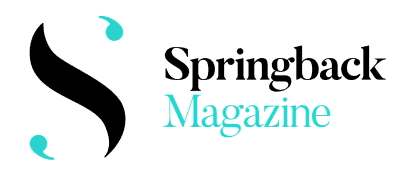More than just another dance festival, the first ever Dance. Context. Showcase aspires to be Romania’s choreographic state of the union. For four days, from 24 to 27 April 2025, Bucharest became a temporary epicentre for movement, hosting eleven performances across four different venues – CNDB, Linotip, ARCUB, and Galateca Gallery. This is the only event of its kind in Romania that deliberately brings together choreographers from all over the country – Bucharest, Timișoara, Iași – and puts newcomers and veterans on equal footing.
Organised by the National Center for Dance Bucharest (CNDB), the showcase works like a live map: not of fixed borders, but of moving, questioning, urgent bodies. It’s built to reflect the aesthetic and political present of Romanian dance – how it feels, resists, remembers, evolves. Performances ranged from full-length productions to gallery interventions and hybrid formats, offering a dense and layered view of how movement operates as language, resistance, and archive in Romania right now. Seasoned names in Romanian choreography like Arcadie Rusu, Simona Deaconescu, Mădălina Dan, and Ioana Marchidan showcased their work alongside rising voices such as Anca Stoica, Sergiu Diță, Alice Veliche, and Alexandru Radu, each with distinct proposals but under the same spotlight.
Having been able to catch only two of the performances, I can only offer a peek into that world – but both were well worth looking at, for their different subjects, approaches and styles.
Balkan Ballerinas: a shoulder shimmy into Balkan identity
Balkan Ballerinas opens with a subtle shoulder shimmy – barely perceptible, yet instantly recognisable to anyone from the Balkans. That slight lift and drop of the shoulder, a nod to the dance move that can ignite any Balkan party, whether it’s techno, pop, house or manele. This understated gesture, that slowly progresses into a rave-like, dizzying head shake, serves as the gateway into Balkan Ballerinas, a show that deconstructs the contradictions inherent in contemporary Balkan identity.
Conceived and choreographed by Anca Stoica and Sergiu Diță, and performed by Diță, Sofia Sitaru-Onofrei and Andreea Vălean, the piece unfolds as a full-on, somewhat ironic exploration of Balkan cultural duality. Pride meets shame, tradition clashes with modernity, and East intertwines with West. That’s exactly why the choreography oscillates between classical ballet, Romanian horă and Macedonian pamporea, reflecting the region’s eclectic cultural tapestry. The soundscape, crafted by RAW Creatives with music from Daniel Stănciucu, Adrian Piciorea and David Luncă, fuses techno beats with modulated oriental rhythms, creating an auditory experience that mirrors the performance’s thematic juxtapositions.
The stage is adorned with symbols any Balkan eye will clock immediately: a red lighean (used for bathing or washing clothes), a patterned carpetă (a small, decorative rug that can be found in any rural Romanian house, the most famous one depicting ‘The Abduction from the Seraglio’), water bottles that actually contain plum brandy instead of water, and the nonchalant cracking of sunflower seeds – a ubiquitous pastime. What’s more Balkan than cracking seed in front of the TV, even when it’s showing worldwide catastrophes? These elements are not mere props but integral components that ground the performance in the Balkan way of living. There’s also humour here, especially self-deprecating irony, which Stoica and Diță lean into with sharp precision. The show doesn’t mock Balkan habits – it embraces them, exaggerates them, flips them inside out. In the most provocative scene, the revered carpetă even becomes the subject of a hinted jerk-off. Such bold gestures underscore a commitment to examining the paradoxical interplay of violence and tenderness that characterises Balkan identity.









